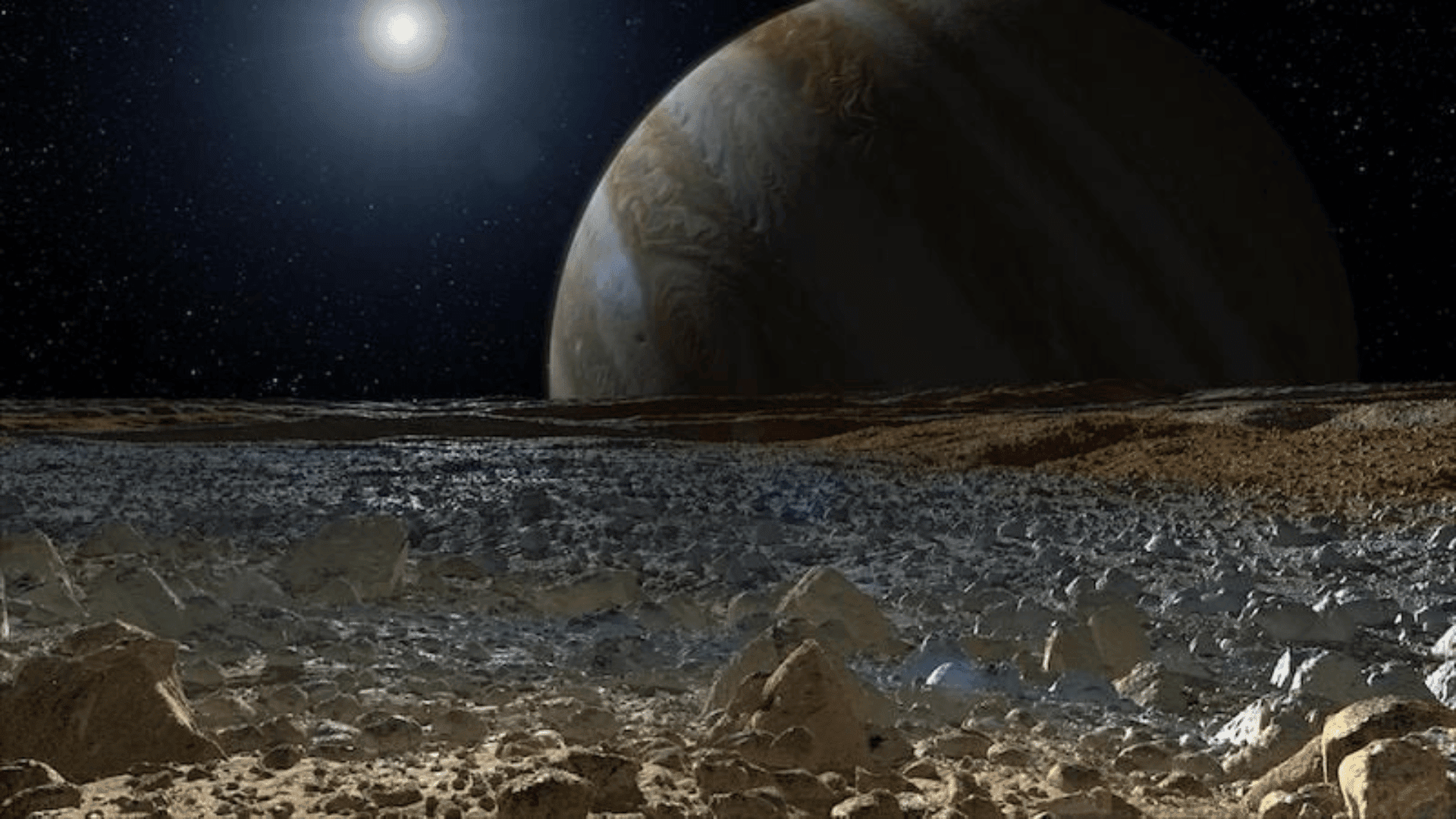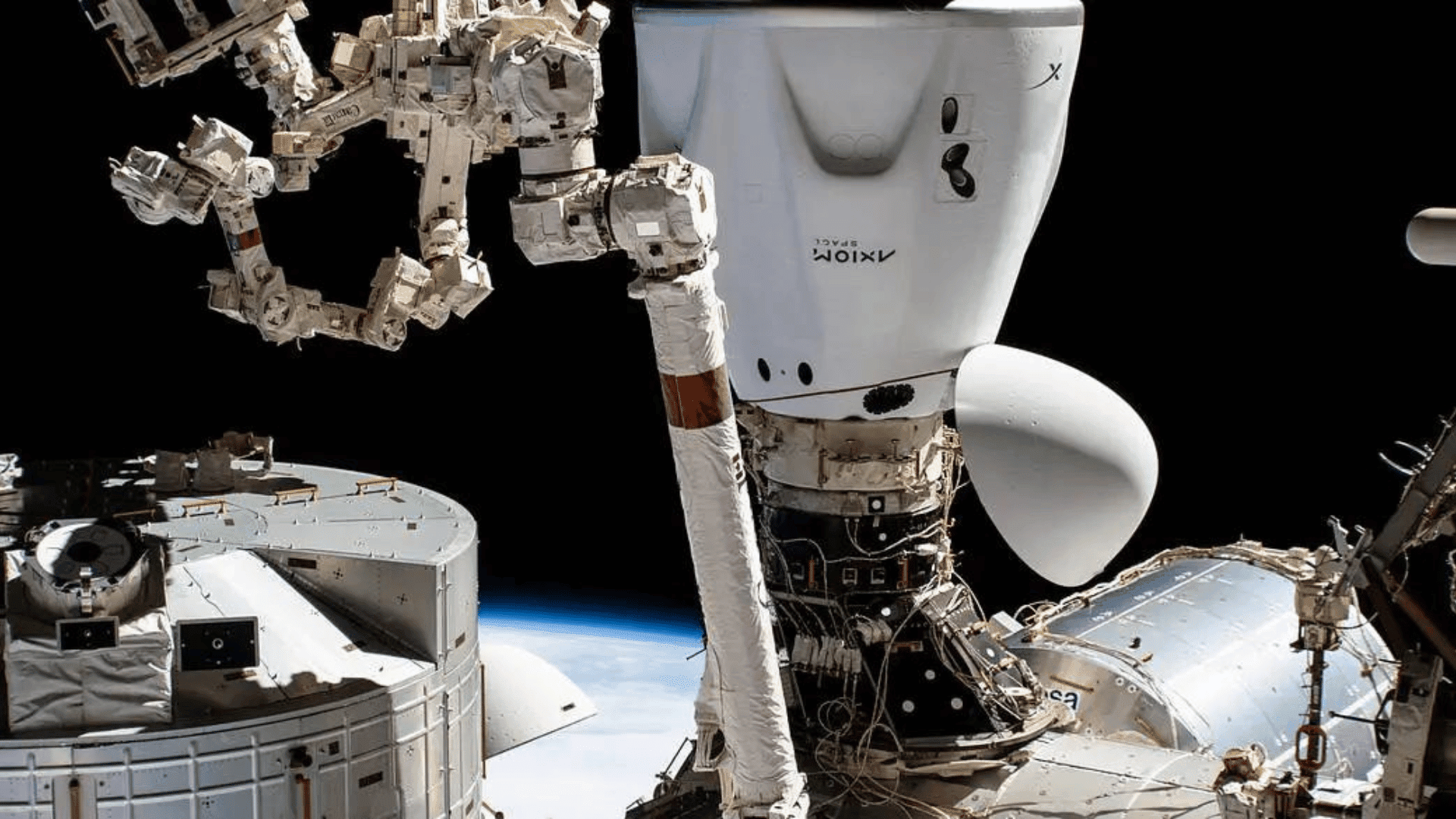NASA’s Juno spacecraft just finished its 57th flyby of Jupiter. During Juno’s recent flyby, the spacecraft captured stunning photos that give a new look at the volcanic planet. This flyby is more than a mission to get beautiful pictures. Juno is gathering information to better understand the planet and its moon Io.
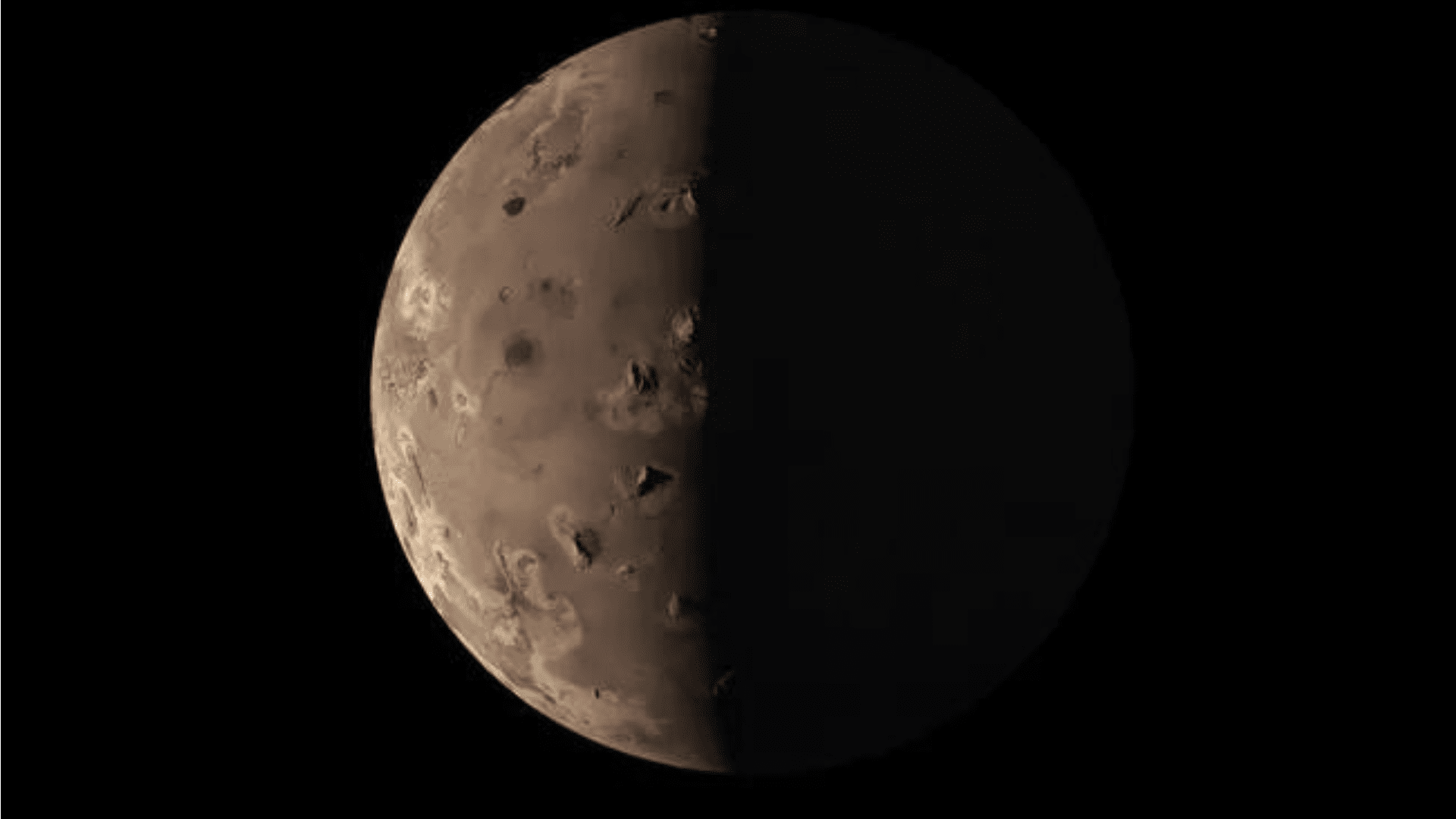
Juno
NASA’s Juno made history when it got closer to Io than any other mission in the last two decades. Io is the most volcanic body in the solar system and Juno passed within 930 miles of it. Juno began its mission in 2011 and reached Jupiter and its system of moons in 2016. While Juno captured amazing pictures of the volcanic moon, its main goal is to collect important data about the moon’s volcanic activity.
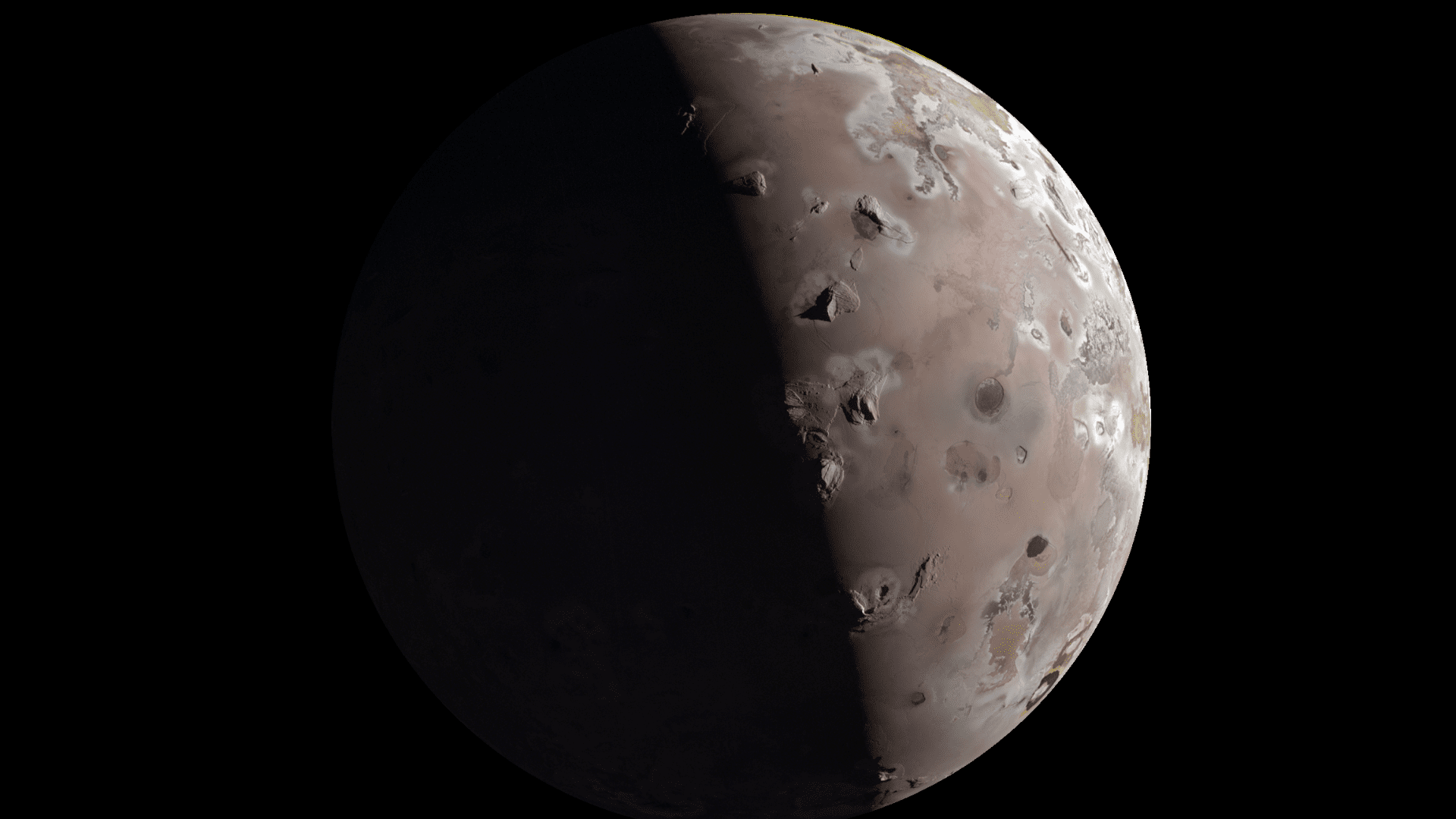
The Volcanic Moon
NASA is combining Juno’s collected data from this flyby and previous missions to see how Io’s volcanoes vary. “We are looking for how often they erupt, how bright and hot they are, how the shape of the lava flow changes, and how Io’s activity is connected to the flow of charged particles in Jupiter’s magnetosphere,” says Juno’s Principal Investigator Scott Bolton.
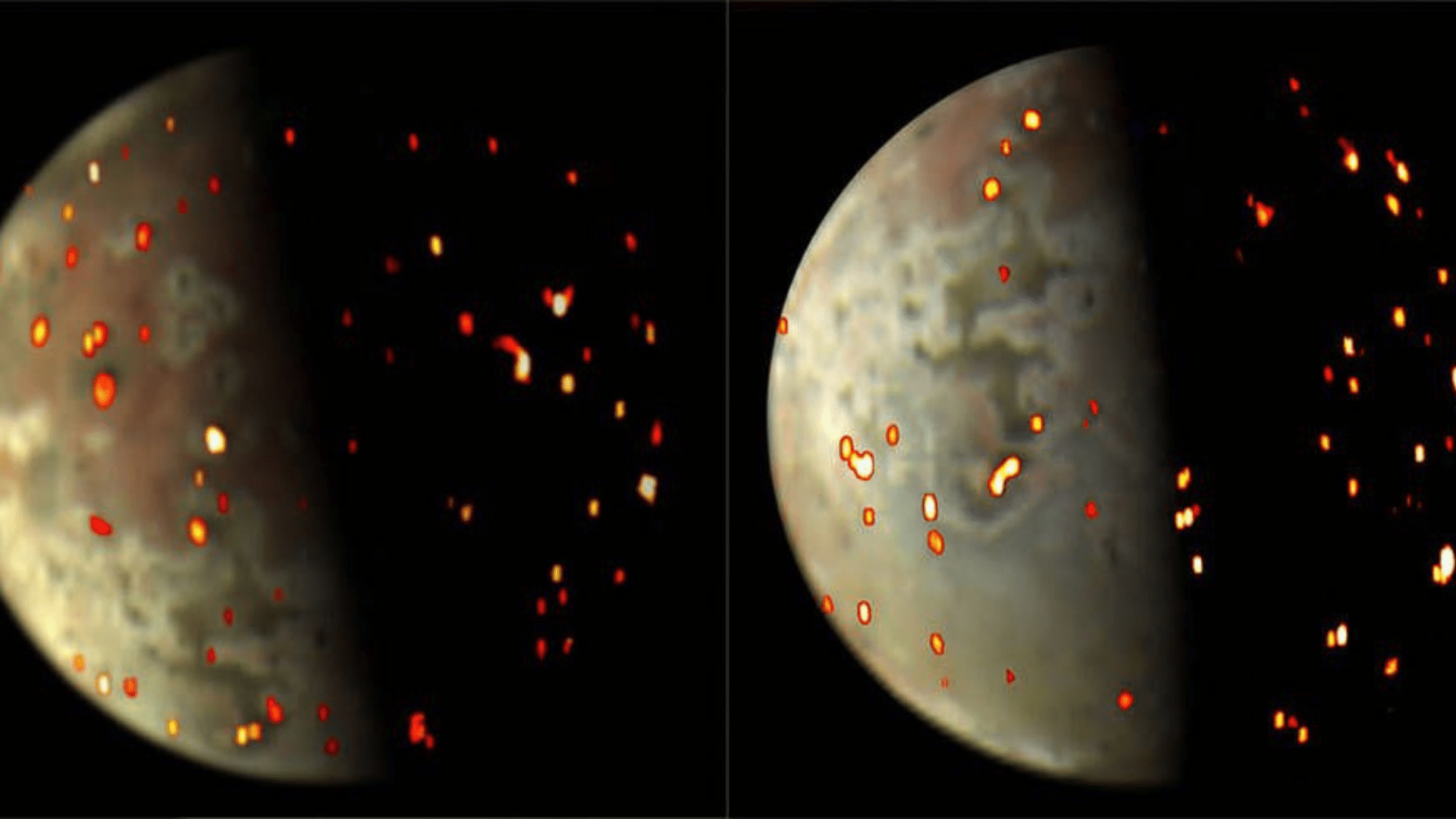
Scientists know Io is covered with volcanoes and why. The gravity from the solar system’s largest planet, combined with the gravitational pull from Jupiter’s other moons, pull and push on Io. This causes the surface to flex enough to rise and drop hundreds of feet resulting in hundreds of active volcanoes. Some of the volcanic particles escape the Jovian moon’s atmosphere. Particles from the volcanoes create a hot ring around Jupiter, just one way Io’s moon impacts the gas planet’s system. This is the reason why Juno’s flybys are so important to planetary scientists.
What’s Next for Juno?
Juno is set to do another flyby on February 3 at the same distance as the most recent one. As Juno drifts further away from Io, a series of other missions for the spacecraft are scheduled to start in April 2024. In September 2025, Juno reaches the end of its journey. Juno nears the end of its journey in 2025 and is scheduled to crash into Jupiter’s atmosphere. This will conclude the spacecraft’s 9-year journey.



